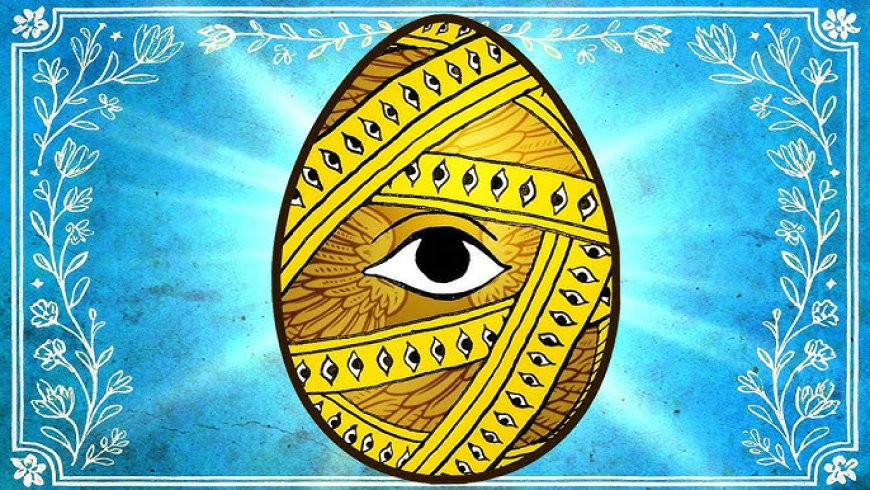The Real Story of Easter: How We Got from the First Easter in the Bible to Bunnies, Eggs & Chocolate
Popular culture has long since claimed Easter as an occasion for trickster rabbits, dyed-egg hunts, and marshmallow chicks of unnatural hues — none of which are actually in the Bible. Though that probably doesn’t surprise you, you may not be aware of just how far the modern holiday has drifted from its textual origins. In the […]

Popular culture has long since claimed Easter as an occasion for trickster rabbits, dyed-egg hunts, and marshmallow chicks of unnatural hues — none of which are actually in the Bible. Though that probably doesn’t surprise you, you may not be aware of just how far the modern holiday has drifted from its textual origins. In the new Hochelaga video above, that Youtube channel’s Tommie Trelawny recounts first the Biblical story at the basis of all this, that of the death and resurrection of Jesus. Then he examines how the latter event has since been commemorated, an evolution that has led to the Easter we know today.
“Jesus’ resurrection would have been celebrated in the very earliest days of Christianity,” Trelawny explains. “Initially, it was held on the feast of Passover, but eventually, it branched off into its own distinct holiday.” That initial overlap is reflected in the resemblance between Pesach, the Hebrew word for Passover, and the Spanish and French names for Easter, Pascua and Pâques.
As for the English word Easter itself, it resonates with the name of “the Ancient Saxon goddess Ēostre, deity of spring and fertility.” Much as the Roman mid-winter festival Saturnalia may have inspired Christmas, could the pre-Christian holiday for Ēostre have inspired Easter?
To an extent, perhaps, though as Trelawny underscores, Easter was very much derived from Passover. Yet its associations with springtime go well beyond the time of year in which it occurs, not least in the form of all those eggs. In fact, “decorated eggs are an ancient custom that predates Christianity by many centuries.” Having stood as “a universal symbol for new life,” they also offered Christians an easily legible “metaphor for Jesus’ sealed tomb, and cracking it open as a symbol of his resurrection.” As for the Easter Bunny, he has a precedent in the Germanic Easter Hare, who “judged children on whether they’ve been good or bad” — now softened up, predictably, after so many years in America.
Related content:
Download Beautiful Free Vintage Easter Cards from the New York Public Library
Stream Andrea Bocelli’s Easter Concert from Milan
A Map of All the Countries Mentioned in the Bible: What The Countries Were Called Then, and Now
A Survival Guide to the Biblical Apocalypse
Did the Tower of Babel Actually Exist?: A Look at the Archaeological Evidence
The Ark Before Noah: Discover the Ancient Flood Myths That Came Before the Bible
Based in Seoul, Colin Marshall writes and broadcasts on cities, language, and culture. His projects include the Substack newsletter Books on Cities and the book The Stateless City: a Walk through 21st-Century Los Angeles. Follow him on the social network formerly known as Twitter at @colinmarshall.



















































